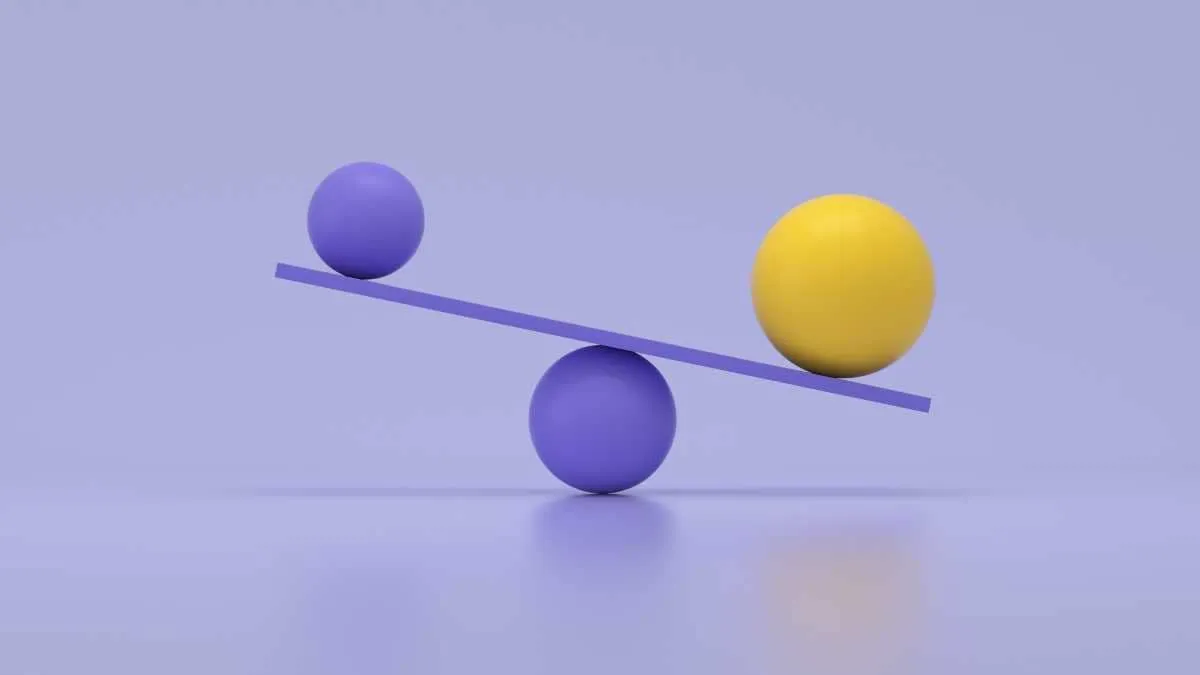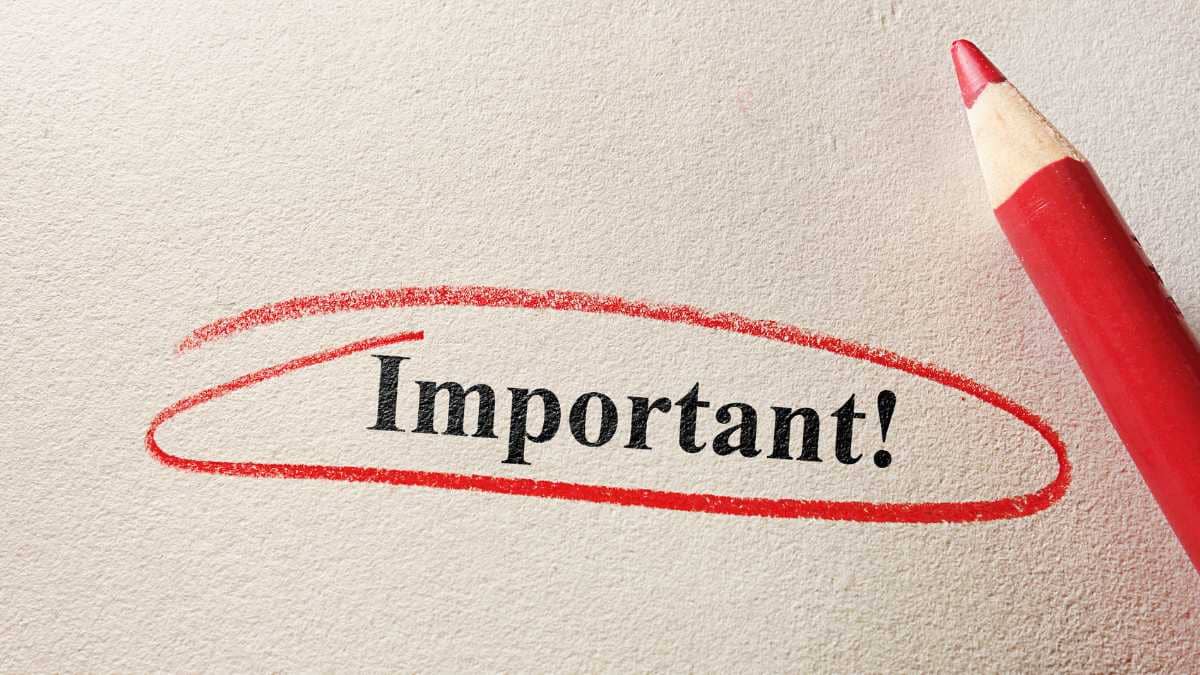Thursday Feb 15 2024 05:58

10 min

Volume Weighted Average Price (VWAP) stands as a pivotal trading benchmark that savvy investors utilise to gauge the true average price of a stock based on both volume and price.
It is a vital measure for traders who aim to optimise their entry and exit points, ensuring their trades align with the market's momentum.
By integrating VWAP into their trading strategies, professionals at Markets.com can execute trades that capitalise on the stock's average value, as dictated by both its price and the overall market activity.
The Volume Weighted Average Price (VWAP) is a trading benchmark used by traders that gives the average price a security has traded at throughout the day, based on both volume and price. It is a measure of the average price at which a stock is traded over the trading horizon. The VWAP formula is used to calculate the average price of a stock over a specific period, weighted by volume. This is particularly useful for traders looking to get into or out of positions at a price that reflects the market average.
The formula for calculating VWAP is:

Where:
In simpler terms, you multiply the price of the security by the volume of shares traded at that price, sum this product for all transactions, and then divide it by the total volume of shares traded during the period you are analyzing.
This calculation gives traders insights into the market trend and helps in making decisions about buying or selling securities. VWAP is often used in algorithmic trading and is considered a key indicator in the financial markets for assessing the health and direction of a trade.
VWAP is calculated by taking the sum of the price multiplied by the volume of each trade, and then dividing it by the total volume. This provides traders with an average price that takes into account the volume distribution of each trade.
The formula for VWAP is:
VWAP= ∑(Price * Volume)/ ∑(Volume)
By considering the volume, VWAP gives more weight to trades with higher volume, providing a more accurate representation of the average price. This is in contrast to other average price indicators, such as Simple Moving Average (SMA), which treat each trade equally.

VWAP is an important indicator in trading for several reasons. First and foremost, it provides traders with a benchmark to compare the price at which they are trading.
By comparing the current price to the VWAP, traders can determine whether they are buying or selling at a premium or a discount. This information can help traders make more informed decisions and improve their trading strategies.
Furthermore, VWAP is widely used by institutional traders to execute large orders. Since institutional traders often need to buy or sell a large number of shares, they need to ensure that their trades do not significantly impact the market. By executing trades near the VWAP, institutional traders can minimise market impact and achieve better execution prices.
Using VWAP in trading strategies offers several benefits.
While VWAP can be a powerful tool, it is important to use it effectively in your trading. Here are some tips to maximise the benefits of VWAP:
To effectively analyse VWAP, traders can utilise various tools and indicators. One popular tool is the VWAP indicator, which plots the VWAP line on the price chart. This allows traders to easily visualise the VWAP and identify its relationship with the price.
Another useful tool is the VWAP deviation bands. These bands are plotted above and below the VWAP line and serve as potential support and resistance levels. Traders can use these bands to identify areas of potential price reversal or consolidation.
In addition to these tools, traders can also incorporate other indicators, such as moving averages or oscillators, to further enhance their analysis. For example, combining the VWAP with a moving average crossover strategy can provide more robust trading signals.

To better understand how VWAP is applied in real-world trading scenarios, let's explore two examples:
Mastering Volume Weighted Average Price (VWAP) can be a game-changer for traders. By understanding how VWAP is calculated and its importance in trading, traders can harness its benefits to improve their trading strategies.
Whether used as a benchmark, support/resistance level or as part of a trading strategy, VWAP can provide valuable insights into market dynamics.
Ready to trade with market.com? Creating an account is easy.
“When considering “CFDs” for trading and price predictions, remember that trading CFDs involves a significant risk and could result in capital loss. Past performance is not indicative of any future results. This information is provided for informative purposes only and should not be considered investment advice.”